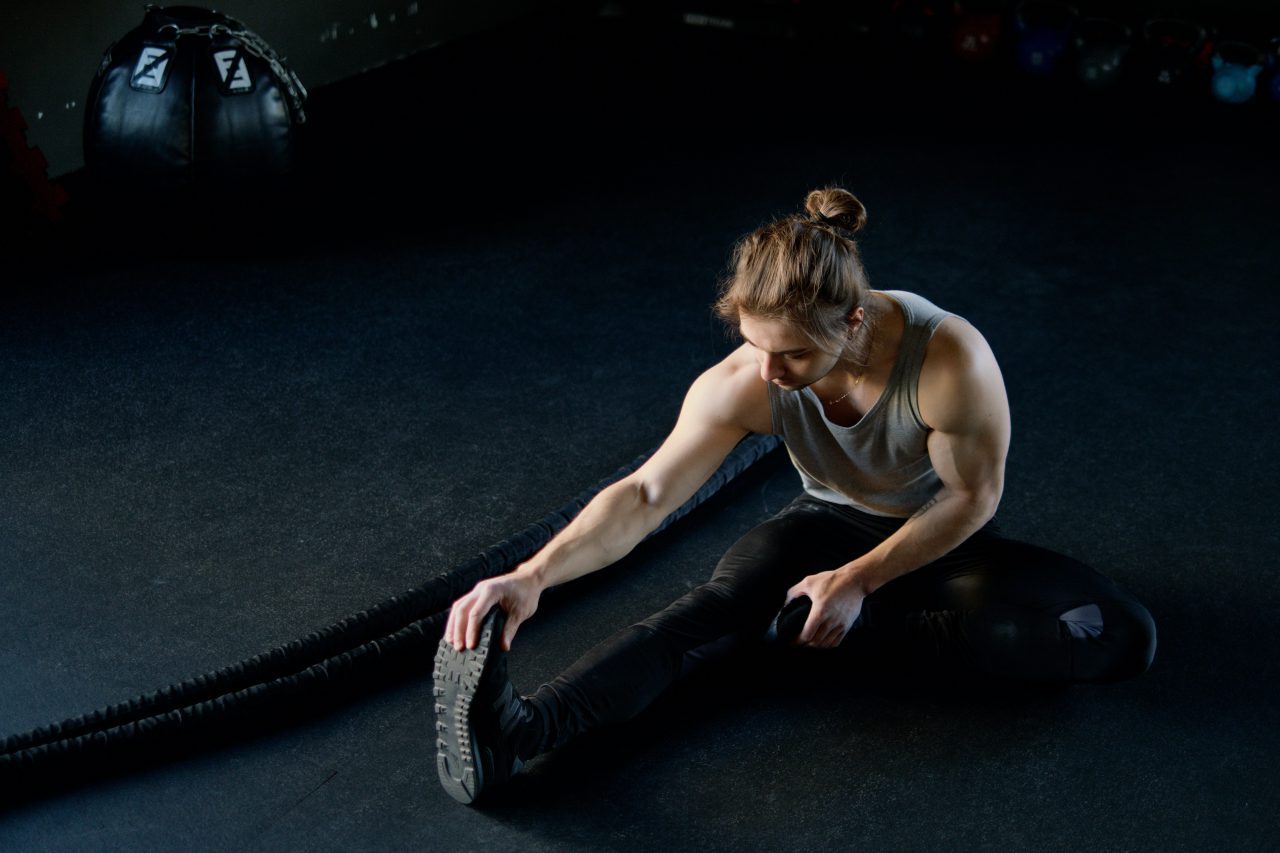
We hear the words ‘mobility’ and ‘flexibility’ all the time in the context of fitness and training, but do we truly understand what they mean? More importantly, do we comprehend their differences and how they affect our performance? Good mobility is key to performing exercises correctly and without injury. Similarly, flexibility allows us to move our muscles through a complete range of motion. To optimize our training, we must delve deeper into these concepts and understand how they differ from each other.
Understanding Mobility
Mobility primarily deals with the joints. It refers to the ability of a joint to move freely through different ranges of motion without pain or discomfort. If you’ve ever struggled to go deep in your squats or found certain movements challenging, it could be indicative of restricted mobility. Greater mobility allows for better performance and a reduced risk of injury during workouts.
Understanding Flexibility
Flexibility, on the other hand, deals with the muscles and their ability to lengthen fully. If you’ve ever struggled while stretching or felt a resistance in your muscles during certain exercises, you’ve experienced limited flexibility. Having good flexibility not only improves your performance but also reduces the risk of strains and other muscle-related injuries.
Understanding the differences between mobility and flexibility is a key part to your performance. If you want to optimize both, then start paying attention to your range of motion to actively start to improve.
Tips and Tricks to Improve Mobility and Flexibility
Improving your mobility and flexibility is not only beneficial for your performance but also for your overall well-being. Here are some tips and tricks that can help you on this journey:
1. Don’t Skip Your Warm-Up or Cool-Down
Dynamic stretching (moving) before your workout and static stretching (non-moving) after exercising are best for improving your flexibility and mobility. These routines prepare your muscles and joints for the workout and help in their recovery afterward.
2. Stretch In Between Workouts
Recovery sessions are equally important. Check out the stretching and mobility workouts in the app to help you add these to your workout program. Commit at least two days each week to doing the recovery sessions. They will help in maintaining and improving your range of motion.
3. Don’t Cheat Yourself
Doing the exercises correctly is critical. Partial reps and pulses are placed in a well-designed program but being able to carry weight through a full range of motion is the true test of strength. So, don’t cheat yourself during the workouts. Do the warm-up in its entirety and execute each movement with precision.
By understanding and paying attention to our mobility and flexibility, we can optimize our training, enhance our performance, and reduce the risk of injuries. Remember, it’s not just about being strong or fast, but also about being able to move well and without discomfort.



